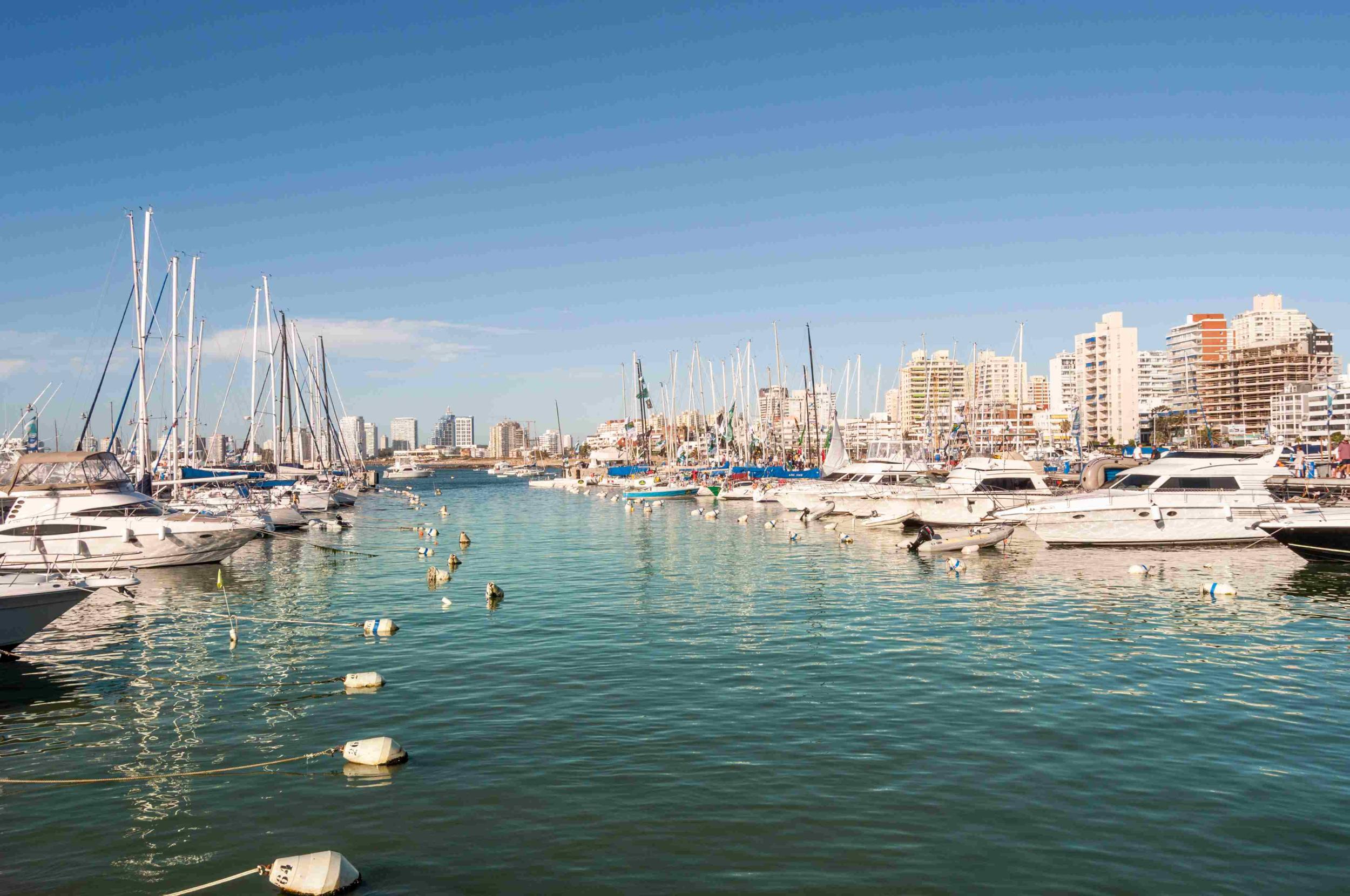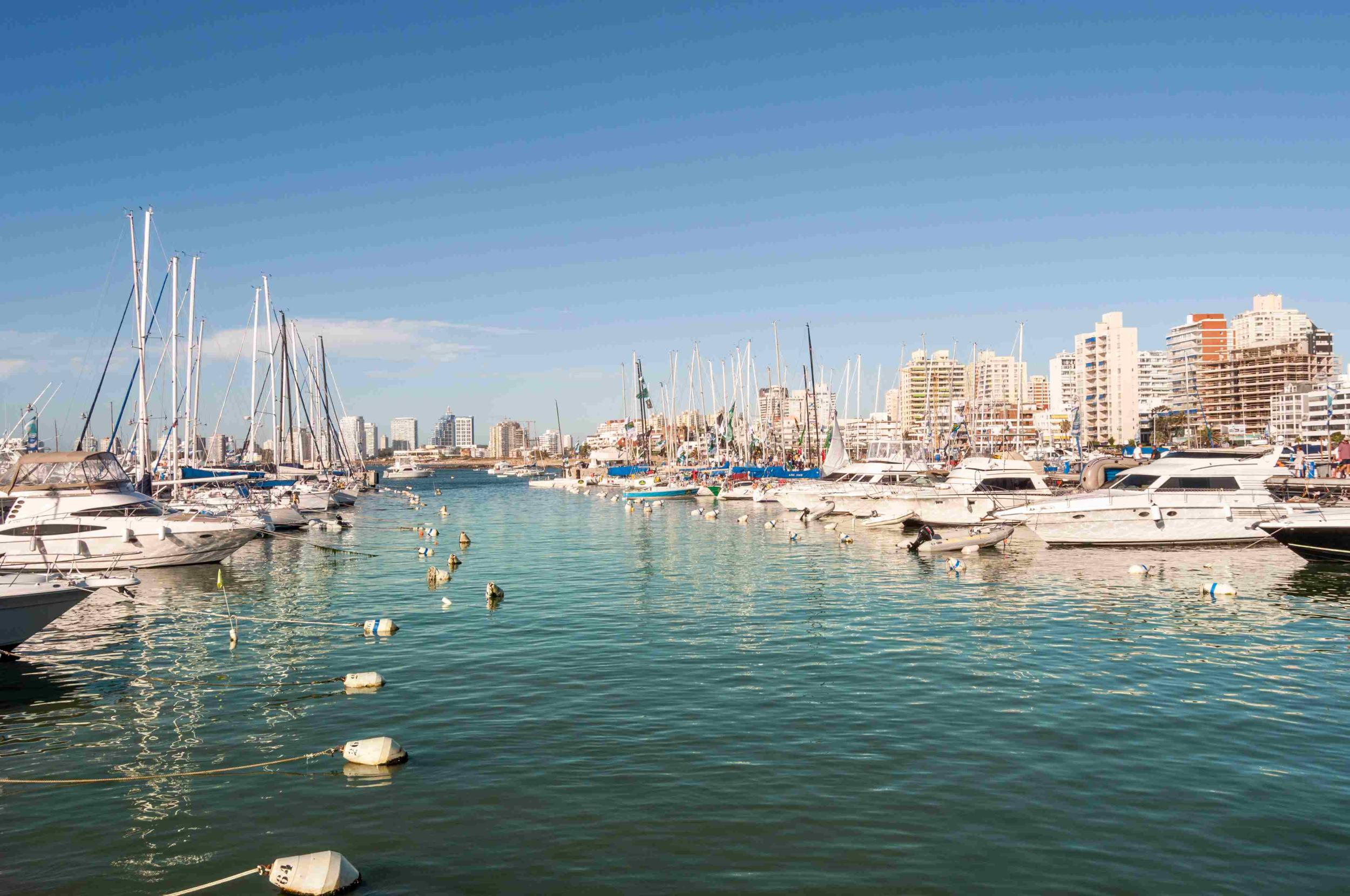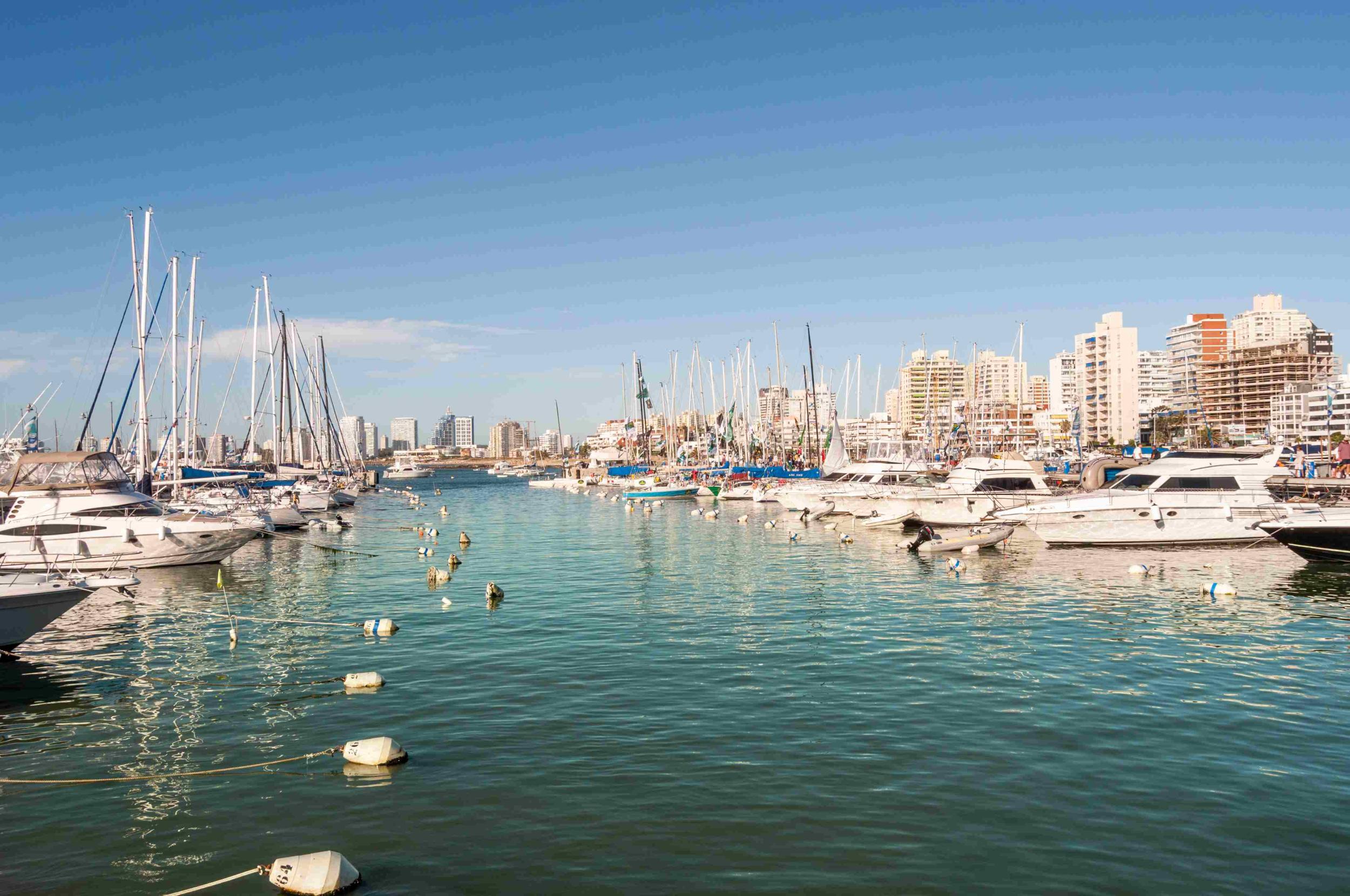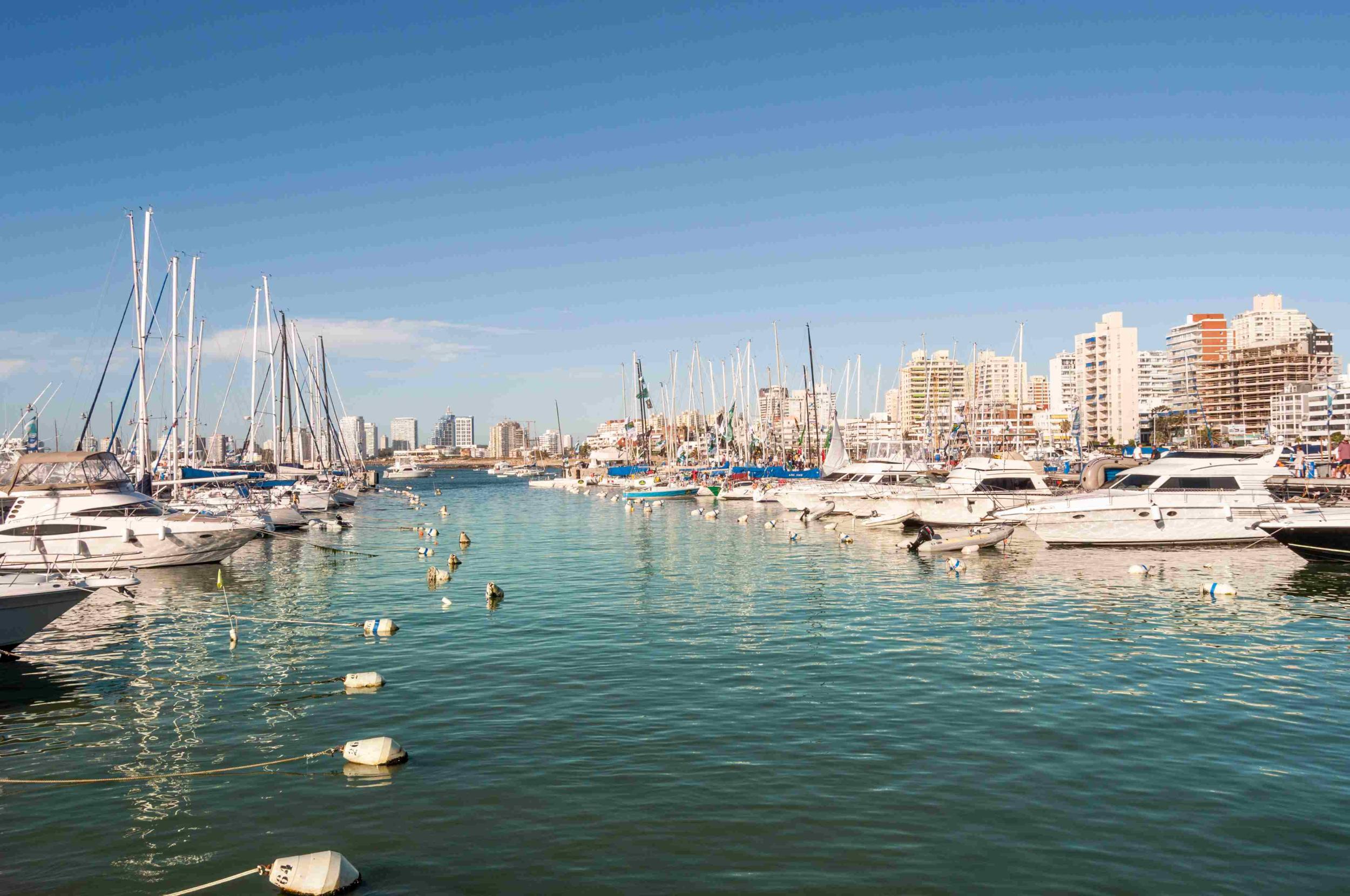Meeting of the Latin American and Caribbean Disability-Inclusive Disaster Risk Management Network.



This is a preliminary meeting with the Regional Scientific and Technical Advisory Group. During a four-hour meeting the members will present the achievements of the RSTAG, as well as looking at the research focus for the following two years.
Since the central theme of the VIII Regional Platform is on Science and Technology, the precursor event will highlight the integration of science and technology in DRR in the region.
Overall, the objective of this session is to strengthen the regional scientific and technical advisory group and establish clear research path and scientific development for DRR in the Americas and the Caribbean.
Questions that the session will seek to answer
The workshop seeks to create a space for the joint development of Disaster Preparedness knowledge that can be reflected in the actions of ECHO partners in the region. In this sense, the main objectives of this workshop are:
This new edition of the workshop will focus on thematic development in greater depth thanks to the definition by ECHO partners of the four regional lines of interest. This new methodology and through a combined format (virtual-face-to-face) will allow us to have dedicated but at the same time inclusive, participatory, and open thematic spaces, as well as workspaces at all levels in a scenario that includes regional and development actors (RP23).

In the context of the participation of the GT-RRD in the Regional Platform for DRR (PR23) to be held from February 28 to March 2, 2023, an exclusive and face-to-face space for dialogue is promoted for the Group. This space, promoted by the UNDRR with the coordination of the coordinating countries of the Group (Paraguay and Peru) corresponds to the Second face-to-face meeting of the Group (the first held in Cartagena de Indias within the framework of the Regional Platform for the Reduction of Disaster Risk) and raises the possibility of dealing with various issues related to the work and development of the GT-DRR since its creation, the challenges and new challenges for its continuity, at the same time that it constitutes an opportunity to meet and exchange experiences and contributions of the different members of the Group and how the work of the group has influenced the expertise of disaster risk statistics. Undoubtedly, the results obtained from this space will strengthen the ties between team members, at the same time that it will serve to strengthen and unite the work of the different work subgroups in order to achieve the proposed results.
Generate a space for integration, exchange of experiences, knowledge and progress of the Group's products committed to the CEA ECLAC (2022-2023 biennium) as well as a balance of the progress achieved and challenges since the creation of the Working group in the 2019 of the Working Group to the present date.

The Sendai Framework, through its Target G, aims “to substantially increase the availability of and access to multi‑hazard early warning systems and disaster risk information and assessments to the people by 2030”1 .
Progress towards Target G enables governments to assess their availability of, and access to, Multi-hazard Early Warning Systems (MHEWS), along with necessary governance arrangements for its implementation, contributing to the overall efforts in implementing the Sendai Framework. Early Warning Systems are a proven, effective, and feasible climate adaptation measure, that saves lives and provides at least a tenfold return on investment.
The WMO State of the Climate 2021 Report shows that extreme weather, such as floods, droughts, heatwaves and storms, led to hundreds of billions of dollars of economic losses and wreaked a heavy toll on human lives and wellbeing

Disasters and risks dominate the news when they occur or are imminent. However, the role of the media is not - and should not be - limited to reporting when disasters are underway. Media coverage is a powerful tool that can focus attention, set the agenda for public debate, influence policy decisions, change public attitudes... and save lives.
The media shapes public perceptions of the risks posed by natural hazards. These perceptions in turn influence the set of strategies for mitigating future vulnerabilities in the form of taxes, opportunity costs, lifestyle changes, among others.
The media is also a vital information channel between authorities and emergency services on the one hand, and their audiences on the other. It transmits information in both directions. Before a disaster, especially in the case of a natural hazard for which a warning is available, journalists relay warnings and other emergency information from the authorities to the population, thus reducing the risk. Sometimes, journalists may arrive in disaster-affected areas even before the emergency services do. In these cases, their role in relaying information about the situation on the ground becomes even more important.